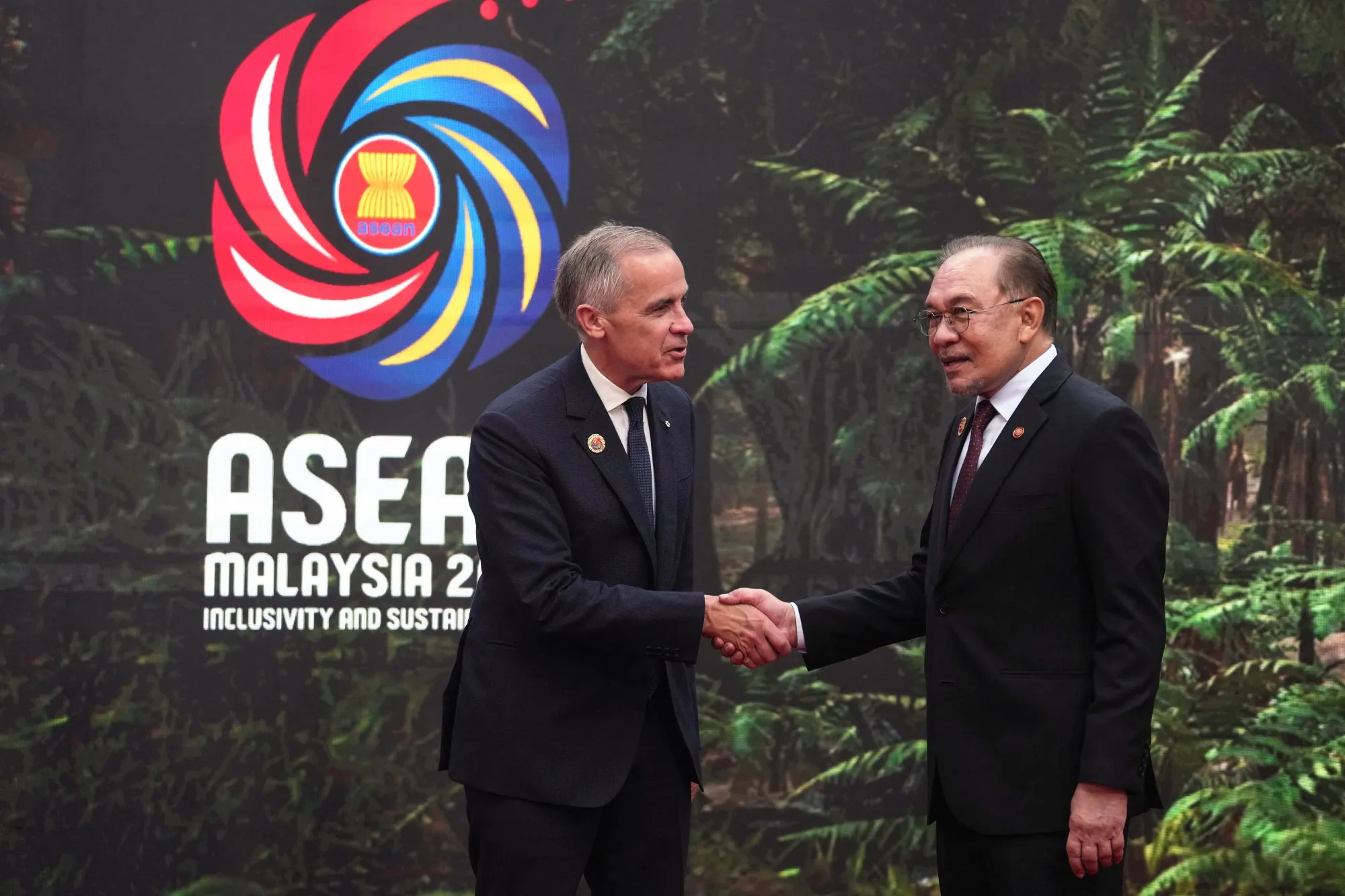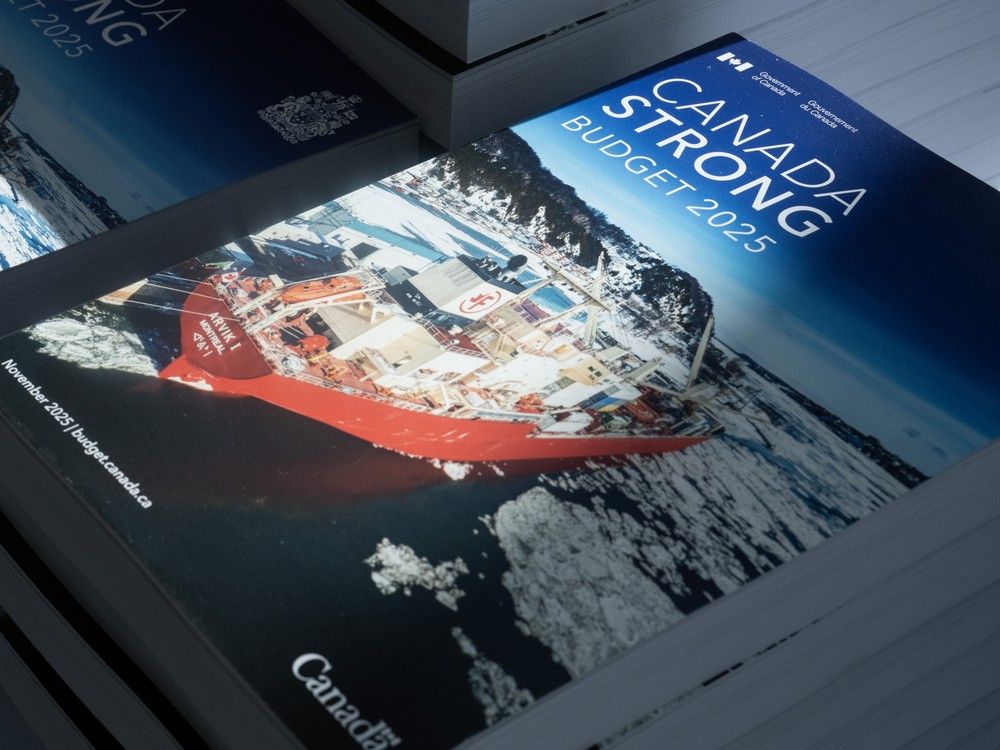Prime Minister Mark Carney’s back-to-back stops in Malaysia and South Korea this month—first at the ASEAN Summit, then at APEC—were not just diplomatic visits. They were a public acknowledgment that Canada’s postwar trade model is over.
Days before Carney’s Asia trip, U.S. President Donald Trump announced that “all trade negotiations with Canada are terminated,” adding a fresh 10 per cent tariff threat on Canadian imports—on top of the 35 per cent already slapped on non-CUSMA goods like aluminium, copper, and lumber. His reason? A tongue-in-cheek ad by Ontario’s government featuring Ronald Reagan’s old warnings about tariffs. The ad may have been pulled, but its message remains prophetic: the U.S. is no longer a predictable friend, and Canada can no longer be a polite bystander.
Carney didn’t mince words. “The system of global trade anchored on the United States is over,” he said in April—and this trip was the first serious move to build what comes next.
At the ASEAN Summit, Canada pledged $25 million to accelerate a Canada–ASEAN trade agreement and deepen its first bilateral deal with Indonesia. Carney’s pitch to regional leaders was clear: “Middle powers like us need reliability and rules. Canada is that partner.” Behind the scenes, Canada also secured Malaysia’s backing for its Indo-Pacific Infrastructure Investment Facility—a signal that Canada wants to be seen as a builder, not just a buyer, in the region.
Meanwhile, at APEC in Seoul, Carney joined leaders calling for new financial safety nets for mid-sized economies vulnerable to supply shocks. Canada’s contribution—an initiative to co-finance digital trade corridors between Southeast Asia and North America—earned cautious praise from Singapore and Vietnam, who see Canada as a credible, rules-based alternative to Beijing’s dominance.
At home, the pivot east is already reshaping domestic priorities. Ottawa’s $75 million investment in apprenticeship expansion and fast-tracked credential recognition isn’t just workforce policy—it’s economic retooling. The upcoming budget, Carney hinted, will double down on export diversification and infrastructure designed for a Pacific-facing economy.
Yes, there will be short-term pain. But history rewards the bold.
For too long, Canada’s economy has leaned on an illusion—that the United States will always be both our market and our shield. That illusion has evaporated. The U.S. is now a competitor, not a guarantor.
If Canada wants to stay relevant in this century, we need to do more than visit Asia—we need to belong there. That means trade offices in Chennai and Kuala Lumpur, not just Tokyo and Seoul. It means turning our Indo-Pacific Strategy into deeper Indo-Pacific presence.
While Canadians brace for immediate challenges and sacrifices, the long-term pivot toward Asia may prove prescient. As the global trade upheaval continues and the U.S. is no longer our reliable partner and friend, forging deeper ties with the world’s fastest-growing region isn’t just a hedge—it’s a strategic necessity for the future.




